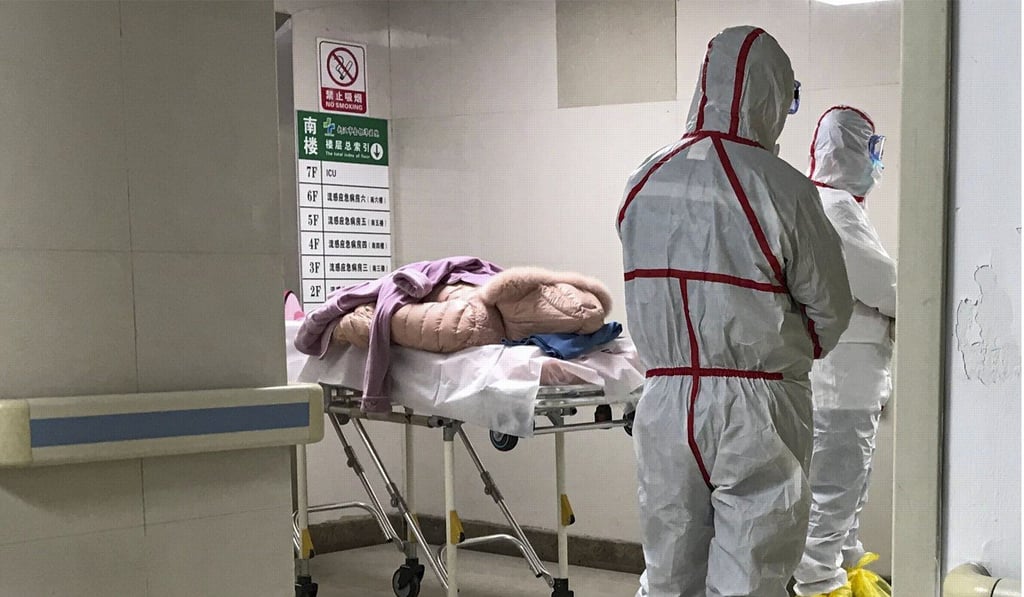Wuhan pneumonia: Chinese tourist in Thai case did not visit outbreak-linked market, while scientists say virus not likely to prove as deadly as Sars
- Woman, 61, could have caught the virus in Wuhan at other markets, as her infection has no relation to Huanan Seafood Wholesale Market
- Chinese researchers released the genome sequence of the coronavirus over the weekend and one researcher said it was ‘not particularly close to Sars’

The new virus behind recent pneumonia cases in Wuhan is unlikely to cause a widespread, deadly epidemic like Sars, scientists say, as revelations that a Chinese tourist in Thailand had not visited the market linked to the outbreak raised fears of a potential spread of the disease.
The woman, 61, who was confirmed by Thai authorities to have the new virus, had not visited the now-closed mainland seafood market associated with the outbreak, the Post learned on Tuesday.
The discovery raised fears that the woman, the first confirmed case outside China, could have caught the virus in Wuhan at other markets, which she was understood to have visited.
That came as Reuters quoted the World Health Organisation as saying there had been “limited” human-to-human transmission of the new coronavirus, but WHO spokesman Tarik Jasarevic told the Post in an email reply that “there has been no evidence” of such an occurrence.
Hong Kong’s Chief Executive Carrie Lam Cheng Yuet-ngor said an expert meeting would be held on Wednesday to discuss the latest development of the disease, upon the return of a team of local health officials who visited Wuhan to gain first-hand knowledge.

When asked why details of the two-day visit were not disclosed to the public, Lam said: “The trip, organised by the county's National Health Commission, invited not only delegates from Hong Kong, but also from Macau and Taiwan to understand how the mainland authorities have been handling the disease. It has not been kept secret.”